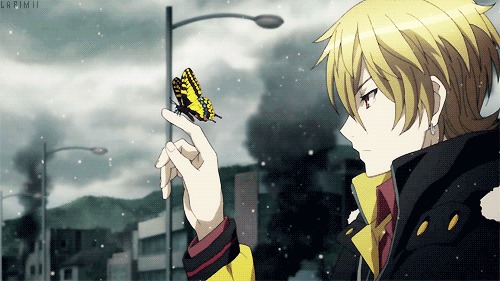Platform:
PC (Steam – 6.99€)
Other Platforms: PS3, Vita
Other Platforms: PS3, Vita
DooWeeDoooooo
 |
| Daleks are definitely the most aggressive and difficult enemy in the game. |
However, if there’s one thing the videogame industry has never exceled at, is making videogames based on movies and TV series. And I don’t know which is worse: if the fact that a big Hollywood movie nowadays implies a videogame counterpart, or the fact that those counterparts always feel like they were made using the last remnants of the movie budget, and on a Sunday afternoon.
DW:TEC, of course, is crippled by this cash-grabbing mind-set and thus suffers considerably in most regards. But it does manage to get some things right. Let’s take a look.
Wibbly-Wobbly, Timey-Wimey
 |
| Get a tight suit, add some silicone and voilá! Lame fanservice. |
The plot
here is simple at first. Something or someone is causing a temporal maelstrom,
and it’s up to the Doctor to stop it from tearing up time and space. Well, in a
way, it’s mostly up to the TARDIS, since the poor girl acts as a plug, keeping
the many holes in the fabric of time closed. Consequently, the TARDIS becomes
slightly omnipresent. “Slightly omnipresent?” Well, yeah, since there are
several time rifts and she’s keeping them closed, she is wherever there are any
of those, which is….in several places simultaneously. Needless to say, moving
her isn’t such a good idea in these conditions, so the Doctor is forced to use
several time corridors that seem to pop out of nowhere with an unsettling accuracy,
both time and space-wise.
Just as
expected of a mess of this nature, along the way, the Doctor will face all of
the major enemies of the most recent seasons, Cybermen, Daleks, the Silence and
so on, each chapter being dedicated to outsmarting and defeating each one of
these. All of this of course, while you go on with your quest of saving the
universe once again and still be home in time for dinner.
BUGS! TOO
MANY BUGS! EXTERMINATE!
 |
| Waiting for the AI to do its job. |
On the other side of things, we have the configurations. The video options menu won’t save your chose settings, so you are forced to use the default graphic profiles (Low, Medium or High), which is also annoying (changing the config file directly had no effect whatsoever), and frequently, you will notice popping textures.
(Relatively) High IQ
 |
| The only thing to do inside the TARDIS....is to exit the TARDIS. |
The puzzles
are all pretty mediocre and easy even on the highest difficulty. The mind map
puzzles were the most interesting idea out of all the challenges present here,
but even those are easy to figure out. In here you have to correctly align an
image in a circle by rotating its sections. In easy mode that’s literally all
you need to do but in higher difficulties each section you rotate will
simultaneously rotate other sections, each in a different manner, thus
increasing the challenge. The platforming element is decent and for any Doctor
Who fan, using the screwdriver to unlock doors and other shenanigans feels delicious.
Too bad that is everything you will use in this game (besides River’s gun).
Still I
can’t help but feel that this is quite a cheap cash-in. There was so much that
could be done, and yet, we are left with a hollow game that consists in jumping
across platforms, sneaking past enemies, and solving a few easy puzzles across
the way. The collectibles don’t really add much to it, but at least there are
several achievements for timed runs which will most likely make you do certain
sections more than once. Good thing all sections are pretty small and can
usually be done in under 10-12 mins each.
Another very disappointing point in this game is the TARDIS herself. How could such an important element of the whole DW universe be shoved aside and just used as a cheap way to have a simplified plot? Fiddling with the inside of the TARDIS would have been a dream for any DW fan, since there are endless possibilities as to what can be found inside (as seen in Season 7’s “Journey to the Centre of the TARDIS”). The control room is so pretty and detailed, and yet it’s used for nothing. The ONLY thing you do inside the TARDIS in this game is…….walk out of it.
Another very disappointing point in this game is the TARDIS herself. How could such an important element of the whole DW universe be shoved aside and just used as a cheap way to have a simplified plot? Fiddling with the inside of the TARDIS would have been a dream for any DW fan, since there are endless possibilities as to what can be found inside (as seen in Season 7’s “Journey to the Centre of the TARDIS”). The control room is so pretty and detailed, and yet it’s used for nothing. The ONLY thing you do inside the TARDIS in this game is…….walk out of it.
Geronimoooooooo
So, in
conclusion, if you’re not a DW fan and you’re just looking for a platforming
game…….don’t bother. There are so many better alternatives out there for you,
and this one doesn't really stand out. If you’re a big DW fan like me, go
ahead and give it a try, you might like it.
















